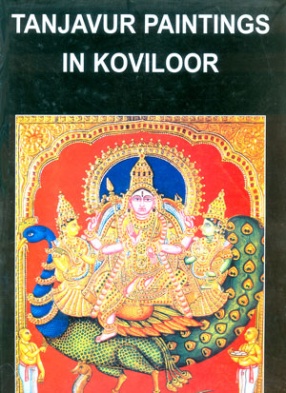The Chandayan
One of the greats of Hindi literature, the Chandayan is an epic, presented here in English translation along with 530 known paintings used to illustrate it in the sultanate period.
The 16th-century historian Badayuni tells us that the Chandayan was selected for religious instruction by the Sufi, Maulana Da’ud, in the Tughlaq period. A racy yarn recounting the romance of Lorik and Chanda, it was, equally, an allegory about ishq — love for the Divine.
The translation and linguistic analysis by Richard Cohen is accompanied by essays by Naman Ahuja, Vivek Gupta and Qamar Adamjee on art, language, literary traditions and religion, highlighting India’s composite culture and the capaciousness of the early years of Indian Islam.
Of singular importance in the history of Indian art, the Chandayan’s illustrations inform us about the diversity of painting traditions before the Mughals. Composed in Hindavi (using the Old Hindi dialects of Jaunpuri Avadhi), the poem points to how the “vernacular” is an invaluable source of social history and literature. It allows us to learn about the use of the Perso-Arabic script in India and the impact of writing on language. The manuscripts and story also reveal much about the evolution of regional identities and the shifting nature of patronage in the Hindi heartland between the late 14th and early 16th centuries.
Get it now and save 10%
BECOME A MEMBER







Bibliographic information